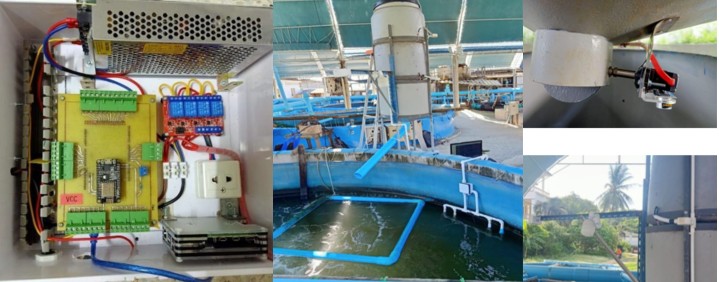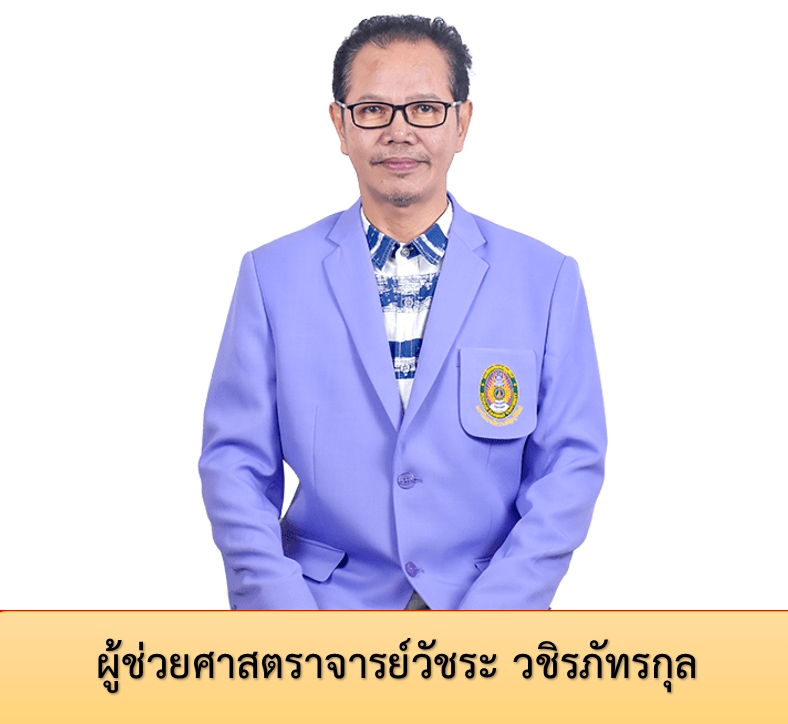Development of an Automatic Feeding Machine for Aquatic Animals Considering Key Factors Affecting Proper Feeding
Keywords:
Image Processing, Internet of Thing, Control System, feeding for aquatic animalsAbstract
This research focuses on developing an automatic feeder that optimizes aquatic animal feeding by incorporating key environmental factors. Using image processing technology and IoT connectivity, the system ensures that aquatic animals receive the appropriate amount of food while monitoring their behavior. The system accounts for critical environmental factors, including water temperature, oxygen levels, turbidity, pH, and light, all of which influence feeding behavior. The system development is divided into three parts, with the web application serving as a tool to manage the operation of the automatic feeder for aquatic animals based on key feeding factors and to access various data. The image processing component utilizes real-time object detection modeling technology to identify food in the pond. The automatic feeder is designed to accommodate key feeding factors and is adaptable for use in various environments.
The experimental study of the automatic aquatic animal feeder, which operates based on key factors affecting food intake and is controlled via a web application, the system successfully dispenses food automatically according to the scheduled time and user-specified environmental conditions. Water quality is monitored through sensors, and the system tracks food intake by detecting leftover food in the pond. The image processing method achieved an accuracy of 66.09%, with detection errors primarily caused by uncontrollable light variations, which make air bubbles appear similar to food pellets. Additionally, users can monitor various data and the machine's operating status through the web application.
References
อดิศักดิ์ นาวเหนียว, บรรหาญ ลิลา, และ สัญญา ยิ้มศิริ. (2565). ไอโอทีกับการพัฒนาผลิตภัณฑ์เครื่องให้ อาหารแมวอัตโนมัติสำหรับผู้บริโภคกลุ่มดูแลสัตว์เลี้ยงเป็นส่วนหนึ่งของครอบครัว. วารสารวิจัยวิทยาการ จัดการ มหาวิทยาลัยราชภัฏสุรินทร์, 6(3), 142-157.
ปิติพล พลพบู, ธานิล ม่วงพูล, และ วริยา เย็นเปิง. (2566). การพัฒนาเครื่องให้อาหารสุนัขอัตโนมัติด้วย เทคโนโลยีอินเทอร์เน็ตของสรรพสิ่ง. วารสารวิชาการ การจัดการเทคโนโลยีมหาวิทยาลัยราชภัฏ มหาสารคาม, 10(1), 64-74.
สุรเทพ แป้นเกิด, และ สุภษี ดวงใส. (2566). เครื่องควบคุมตู้ปลาอัตโนมัติด้วยไอโอที. วารสารวิจัย มทร. กรุงเทพ, 17(1), 60-68.
จิรวัฒน์ แท่นทอ, สุภลักษณ์ ตาแก้, และ กนกลักษณ์ ศรพระ. (2562). การพัฒนาโมบายแอปพลิเคชัน สำหรับควบคุมเครื่องให้อาหารสัตว์เลี้ยงด้วยการประยุกต์ใช้บอร์ดไมโครคอนโทรลเลอร์ และเทคโนโลยี อินเทอร์เน็ตทุกสรรพสิ่ง. Journal of Information Science & Technology, 9(1).
ณรงค์ฤทธิ์ ภิรมย์นก, และ สุระสิทธิ์ ทรงม้า. (2566). โครงข่ายประสาทเทียมแบบคอนโวลูชันเชิงลึก และ การประมวลผลภาพสำหรับการจำแนกเพศและนับจำนวนปลาหางนกยูง. Journal of Science Innovation for Sustainable Development, 5(2), 1-16.
อัจฉรา ชุมพล, สรายุทธ กรวิรัตน์, รณชัย สังหมื่นเม้า, นรงค์ วิชาผา, ปริชาติ เบอร์ขุนทด, แพรวา สีกาลุน, และ ภัทรพล เภาวะริต. (2566). การคัดแยกคุณภาพของปลาตะเพียนขาวด้วยวิธีการเรียนรู้เชิงลึกและแชทบอทสำหรับการวิเคราะห์ภาพถ่าย. วารสารวิศวกรรมและเทคโนโลยีอุตสาหกรรม มหาวิทยาลัย กาฬสินธุ์, 2(5), 44-51.





